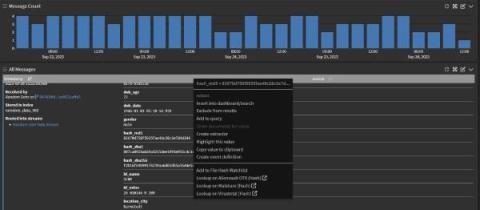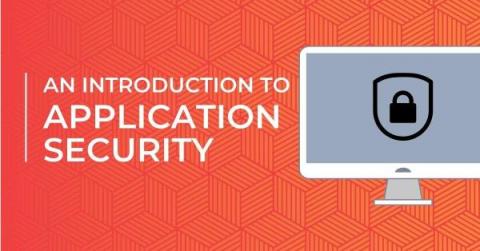Using VirusTotal to detect Malware
As one of the oldest attack methods, malware is both well-known to security professionals and well-loved by malicious actors. According to the Independent IT-Security Institute, the total amount of malware has exponentially increased since 2008.











